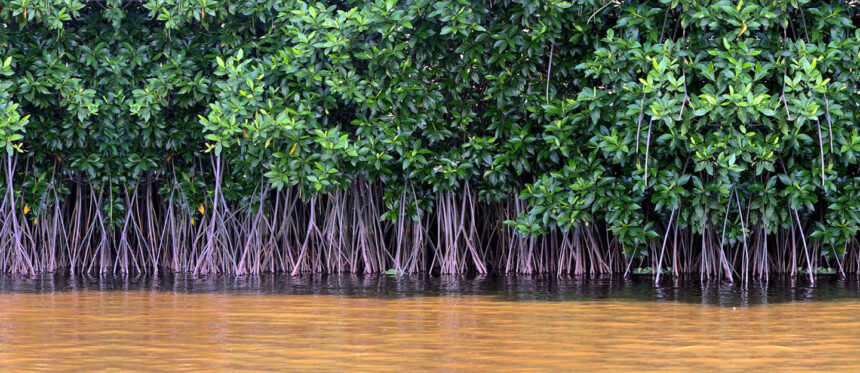According to a groundbreaking study by ecologists from the US Forest Service and other experts, planted mangroves may store up to 70% of the carbon stock found in intact mangrove stands in as little as 20 years, according to a press release posted on the Eureka Alert website.
Mangroves have long been known to scientists for their extraordinary ability to store and absorb carbon. However, nothing was known about how long it takes for mangroves that have been planted to reach levels of carbon storage that are comparable to those of intact mangroves.
The Institute of Pacific Islands Forestry’s Rich MacKenzie states, “About ten years ago, Sahadev Sharma and I discovered that 20-year-old mangrove plantations in Cambodia had carbon stocks comparable to those of intact forests.”
MacKenzie and Sharma collaborated with an international team of mangrove researchers, led by Carine Bourgeois of the Forest Service’s International Programs office. After twenty years, the researchers used logistic models built from forty years of data and about 700 planted mangrove stands worldwide, and they found that planted mangroves had achieved 71–73 percent of the carbon store of intact stands.
These results could have a significant impact on international efforts to rehabilitate mangroves. Over the past 50 years, 35% of the world’s mangrove area has vanished due to historical events, human-induced changes in land use, extreme weather, and erosion.







